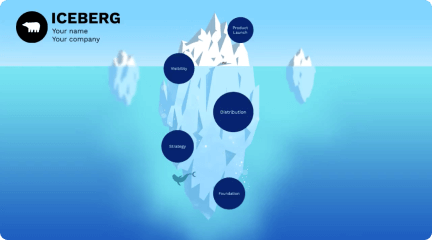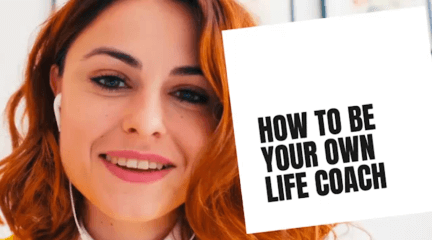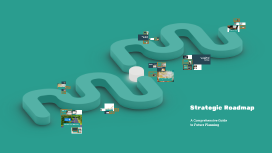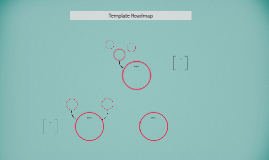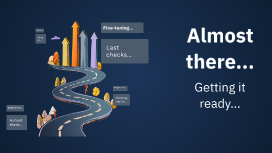Strategic Roadmap
Transcript: Common Pitfalls Common pitfalls include lack of stakeholder engagement and overly rigid timelines. Teams that fail to involve key stakeholders often experience misalignment, while those that do not remain flexible risk projects becoming obsolete before completion. Lessons Learned Best Practices Roadmap projects often reveal critical lessons regarding stakeholder alignment and flexibility. For example, companies that incorporate regular reviews and updates in their roadmaps consistently achieve better alignment with long-term goals and adapt to changing market conditions. Best practices in roadmap development include continuous communication, iterative feedback, and prioritization based on both user needs and business objectives. Implementing a visual roadmap also helps in communicating goals and progress effectively across teams. Successful Roadmap Implementations A notable example is Spotify’s product roadmap, which aligns development with user needs and market trends. By prioritizing features based on user feedback, Spotify enhances user experience while maintaining innovation in a competitive environment. Case Studies and Examples Examining real-world roadmaps provides insights into successful strategies, common challenges, and key takeaways that inform future projects. Such analyses ensure that roadmap developers can learn from actual implementations and failures, refining their approaches accordingly. Roadmap Software Roadmap software streamlines planning and visualizes strategic goals. Tools like Aha!, Roadmunk, and Monday.com facilitate collaboration, enabling teams to create interactive roadmaps that align with business objectives. These platforms support agile methodologies, allowing for real-time updates and adjustments. Essential Tools and Resources for Roadmapping Visual Presentation Tools Collaboration Platforms Effectively utilizing the right tools and resources is crucial for developing and executing a successful roadmap. From software solutions to collaboration platforms, each element plays a vital role in the roadmapping process. Collaboration platforms such as Slack, Microsoft Teams, and Asana enhance communication among team members working on roadmaps. By integrating feedback and allowing discussions in real time, these platforms keep everyone aligned, ultimately increasing productivity and innovation within teams. Visual presentation tools like PowerPoint, Prezi, and Canva enable teams to present their roadmaps dynamically and engagingly. These tools support various templates and designs, helping stakeholders understand complex information at a glance. Templates and Frameworks Using pre-designed templates and frameworks can expedite the roadmap creation process. Available on platforms like Smartsheet and Lucidchart, these resources provide structured approaches for maintaining consistency and ensuring all necessary components are considered during planning. Key Performance Metrics Performance metrics are vital indicators of roadmap success, helping organizations assess progress toward goals. Metrics such as completion rates, milestones achieved, and resource utilization provide insight into effectiveness and areas needing improvement. Monitoring and Adjusting the Roadmap Regular Review Cycles Effective monitoring and adjustment of a roadmap are vital for ensuring that objectives are met and resources are efficiently utilized. Regular assessments help identify potential risks and necessary adaptations to maintain alignment with strategic goals. Implementing regular review cycles ensures continuous evaluation of the roadmap's progress. Typically occurring quarterly or semi-annually, these cycles facilitate timely adjustments based on performance data and changing circumstances. Prioritization Techniques Research and Analysis Prioritization is critical for focusing on the most impactful projects. Techniques such as the MoSCoW method (Must have, Should have, Could have, Won't have) help in ranking tasks according to urgency and importance, ensuring effective resource allocation. Thorough research underpins successful roadmap development. Utilize data analytics, market trends, and competitive analysis to inform decision-making, ensuring the roadmap is based on solid evidence rather than assumptions, thus enhancing its credibility and effectiveness. Robust Feedback Mechanisms Effective Adaptation Strategies Roadmap Design Feedback mechanisms such as surveys and stakeholder interviews provide critical insights about roadmap effectiveness. Engaging stakeholders encourages transparency and fosters a commitment to collective goals, leading to more informed adjustments. Adaptation strategies are essential for responsive planning, allowing the roadmap to adjust to unforeseen challenges. Techniques include reallocating resources, revising timelines, and reshaping objectives based on performance analysis and market fluctuations. Designing a roadmap requires clarity and visual appeal to convey complex



